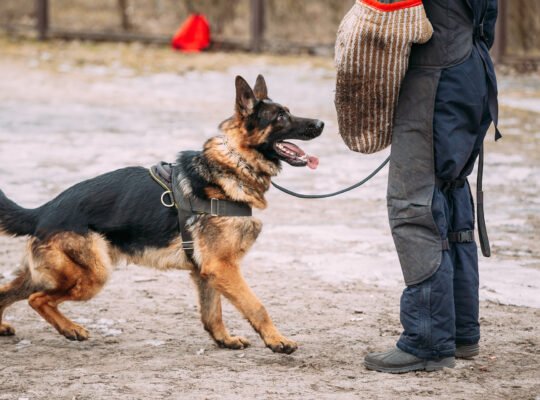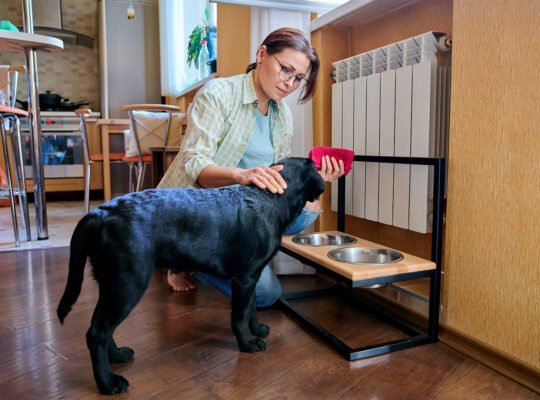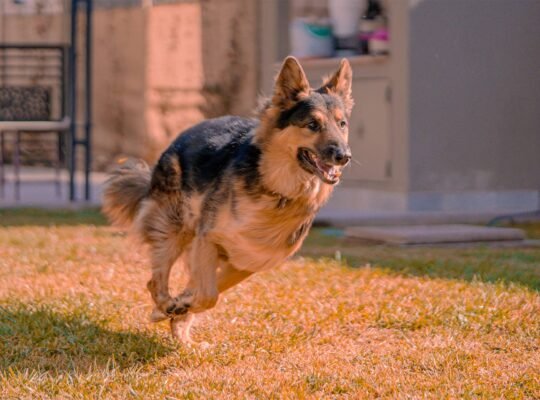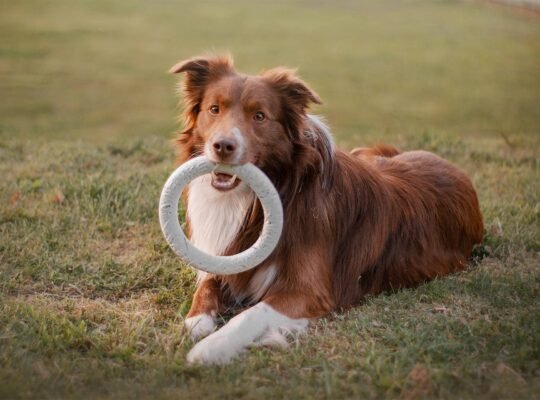Dog Training Techniques: Positive Reinforcement and Beyond
Excerpt: Unleash the potential of your four-legged companion with a comprehensive guide on dog training techniques. From positive reinforcement to advanced methods, this article delves into the realm of effective training strategies that will transform your pup into a well-behaved and obedient companion.
Introduction
Training your dog is an essential aspect of pet ownership, helping to establish a harmonious relationship based on trust and respect. While positive reinforcement has long been celebrated as an effective training method, there are several other techniques that can complement and enhance your training efforts. In this article, we will explore a range of dog training techniques, including positive reinforcement and beyond, to help you shape your furry friend’s behavior in a positive and nurturing manner.
The Power of Positive Reinforcement
Positive reinforcement is a widely recognized and successful dog training technique that involves rewarding desired behaviors. This technique focuses on providing praise, treats, or other rewards immediately after your dog displays the desired behavior, reinforcing the connection between the action and the reward. Here are some key benefits of positive reinforcement:
- Builds trust and strengthens the bond between you and your dog.
- Encourages desired behaviors without resorting to punishment.
- Boosts your dog’s confidence and self-esteem.
- Establishes a positive learning environment.
By incorporating positive reinforcement techniques into your dog’s training routine, you can motivate them to repeat behaviors that you consider desirable. It’s important to remember that consistency and timing are crucial for successful positive reinforcement. Use treats, praise, or playtime as rewards to reinforce behaviors such as sitting, staying, or coming when called.
Beyond Positive Reinforcement: Advanced Techniques
While positive reinforcement forms the foundation of effective dog training, there are advanced techniques that can be incorporated to address specific behaviors or challenges. Let’s explore some of these techniques:
-
Clicker Training
Clicker training is a technique that utilizes a small handheld device that emits a distinct clicking sound. The clicker serves as a marker to signal to your dog that they have performed the desired behavior correctly. By associating the click with a reward, you can reinforce and shape specific actions. Clicker training is particularly effective for teaching complex tricks or behaviors that require precise timing.
-
Target Training
Target training involves using a designated object, such as a stick or a mat, as a target for your dog to touch or follow. This technique can be helpful in teaching your dog to come when called, maneuver through obstacles, or perform agility exercises. By associating the target with rewards, you can guide your dog’s actions and improve their focus and coordination.
-
Shaping
Shaping is a technique that involves breaking down a desired behavior into smaller, manageable steps. Instead of expecting your dog to perform the entire behavior at once, you reward them for successfully completing each incremental step. This method allows you to shape complex behaviors gradually and encourages your dog to think and problem-solve.
-
Desensitization and Counterconditioning
Desensitization and counterconditioning are techniques used to address fear, anxiety, or aggression in dogs. Desensitization involves gradually exposing your dog to the trigger that causes fear or anxiety in a controlled and positive manner. Counterconditioning focuses on changing your dog’s emotional response to the trigger by associating it with something positive, such as treats or playtime. These techniques are particularly useful for helping dogs overcome phobias or traumatic experiences.

FAQs about Dog Training Techniques: Positive Reinforcement and Beyond
Q1: Are these techniques suitable for all dog breeds and ages?
A1: Yes, these techniques can be applied to dogs of all breeds and ages. However, it’s important to tailor the training approach to suit your dog’s individual needs and temperament.
Q2: How long does it take to see results?
A2: The time it takes to see results varies depending on the dog and the behavior being addressed. Consistency, patience, and positive reinforcement are key factors in achieving successful training outcomes.
Q3: Can I use a combination of different techniques?
A3: Absolutely! In fact, using a combination of techniques can often yield the best results. Experiment with different approaches and find what works best for your dog.
Q4: What if my dog doesn’t respond to positive reinforcement?
A4: If your dog doesn’t respond well to positive reinforcement alone, it may be beneficial to consult a professional dog trainer who can assess your dog’s behavior and recommend alternative techniques.
Conclusion: Unleash Your Dog’s Potential with Effective Training Techniques
In conclusion, dog training techniques extend far beyond positive reinforcement. While positive reinforcement forms the bedrock of effective training, incorporating advanced techniques like clicker training, target training, shaping, and desensitization can help address specific behaviors and challenges. By understanding and applying these techniques, you can build a strong bond with your furry friend while shaping their behavior in a positive and nurturing way.
Remember, successful dog training requires consistency, patience, and a deep understanding of your dog’s individual needs. Embrace the journey of training as an opportunity to strengthen your bond and unlock the true potential within your beloved pet.
















